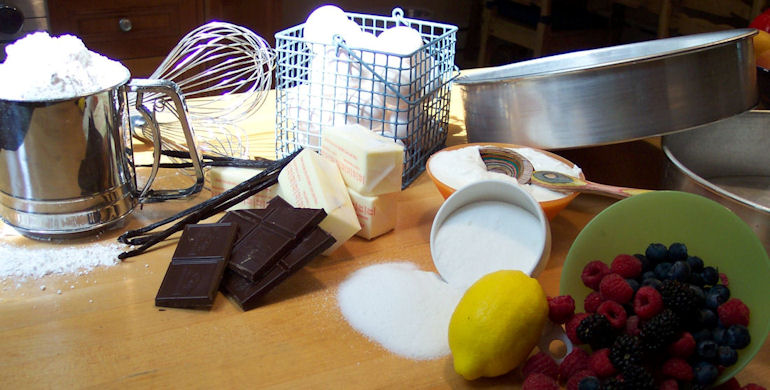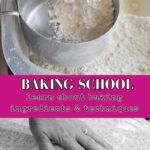Science of Baking Ingredients
Learn the science behind baking ingredients. Ever wonder what would happen if you changed the number of eggs in a cake? Does it matter if you use shortening instead of butter? Is sugar only sweet or does it have another role in baked goods? Find out here!

Want to go deeper?
Head over to Baking Techniques → for step-by-step tutorials on creaming, whipping, kneading, and more.

